Waterproofing of the bathroom under the tiles: What is the best choice?
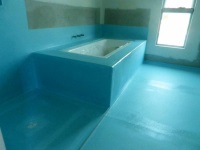
Every apartment owner who is at the stage of renovation of the bathroom is interested in the question of waterproofing. This is due to the fact that constant contact with moisture can destroy even concrete, brick or metal substrates, not to mention wood or drywall. Thus, waterproofing in the bathroom is the basis of major repairs and its quality plays a key role in the protection of supporting structures.
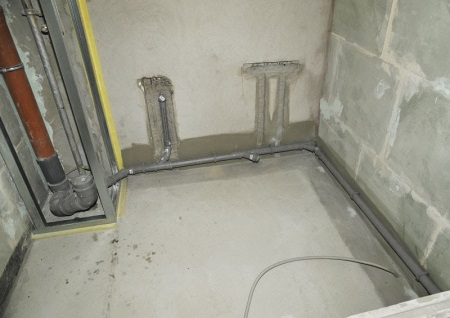
Among other things, properly made waterproofing eliminates such a problem as moisture penetration into the room below. For many people, flooding the neighbors - is the main nightmare, and the main danger of this comes just from the bathroom. Waterproofing will solve this issue and in case of an emergency, the moisture will simply accumulate in your bathroom without penetrating into the rooms below or on the side. In addition to this, waterproofing is also used in a number of other cases.
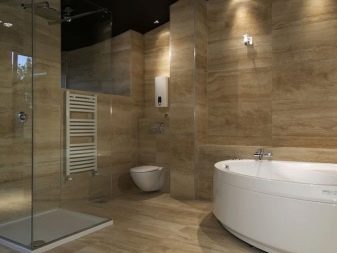
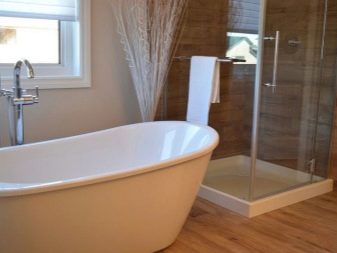
Where do you need waterproofing?
If you live in a multi-story building, your neighbors will be the first ones to suffer in the event of a leak in the bathroom. Only five to seven liters of water is enough to ruin the repair of the floor, or even two floors above. The next danger lies in the fact that a serious flow of water will ruin your repairs - if the coating of the floor and walls in the rooms adjacent to the bathroom is not waterproof, then you are in trouble.
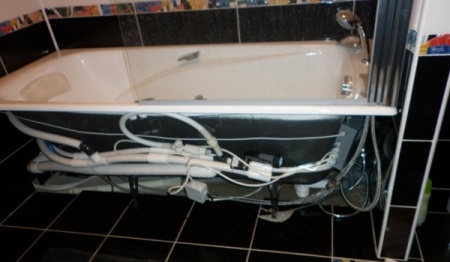
In this regard, you should not only carefully waterproof the bathroom floor, but also pay attention to the walls. First of all, these are the corners, which must be thoroughly "passed" with waterproofing mortar.
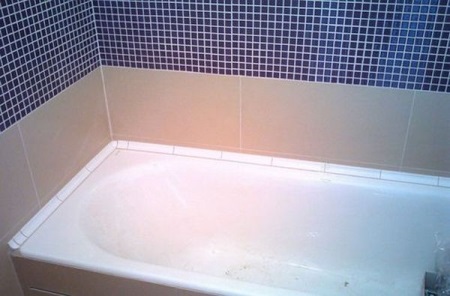
If you live on the first floor, then the risk of flooding the neighbors is significantly reduced - if water comes from your bathroom, it will go to the sides. However, there is a chance that you will be flooded, and to foresee this moment, you can waterproof the ceiling in the bathroom.
Experts advise not to save money on waterproofing, and if possible, it is better to secure the room completely, that is, apply waterproofing materials to the floor, all walls and ceiling. Do not forget that this insulation will not only become a barrier to water, but also will not allow mold, mildew and damp to settle in your bathroom.
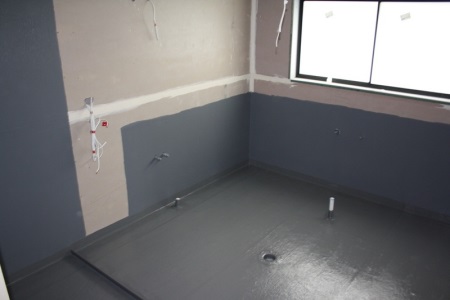
Regardless of which option you would choose - "full" insulation or partial, it is worth remembering that the waterproofing of the following areas is mandatory:
- Where any plumbing fixtures are installed: sink, shower stall, tub or toilet. In these areas, moisture acts constantly, in addition, there is a risk that you will be let down by some connections;
- Where sewer pipes and risers are located.
- Where plumbing fixtures connect.
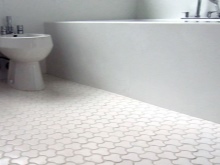
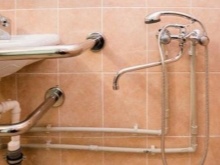
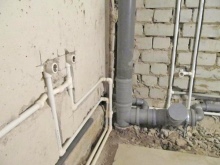
Types of waterproofing materials
Obviously, different types of waterproofing are used for different materials that need protection from water. There are dozens of waterproofing materials of many types to make this work happen quickly and as efficiently as possible, and various techniques are also used.
First of all, waterproofing materials are chosen based on the place of application - inside or outside. If you need to insulate the bathroom in a private home, it would be logical to think about external insulation, too. Next, you need to decide whether the primary measure of protection against water, that is, during construction, or secondary - during the repair.
Experts note that if the primary layer of waterproofing has fallen into disrepair, then it is not recommended to apply a second protective layer over it. It is necessary to carefully remove the aged waterproofing material, and then apply a new one.
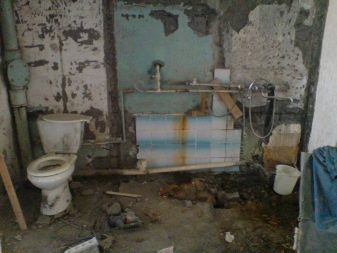
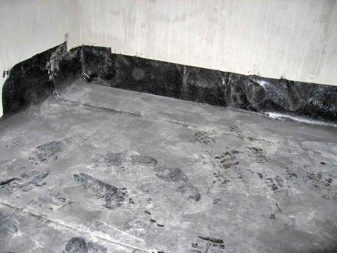
If we talk about the peculiarities of waterproofing, there are several types:
- Anti-capillary - preventing the rise of moisture through the "capillaries", the pores of the material, such as brick or concrete;
- Anti-pressure - working "on the pressure". This type of insulation is used in rooms where you can't let water out - just like the bathroom. If water leaks in there, it will press the insulation around the edges and stay inside it.
- Non-pressurized - working "on the tear-off." This waterproofing protects against the external effects of water: meltwater and groundwater. Such insulation is relevant in private homes, as well as in cases where the bathroom is combined with a bath or sauna and is located in a separate structure.
Differences in waterproofing and the material from which it consists. For different needs uses its own type, or a combination of protection.
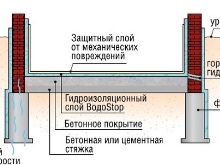
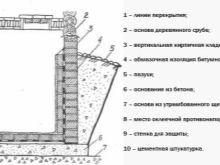
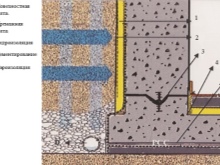
Pozzochnaya waterproofing
This type of protection involves the use of various bituminous mastics, which are smeared on the surface. These compositions can have a thickness of a couple of millimeters to several centimeters. The most common use of the coating waterproofing is to treat the walls and floor in bathrooms during the construction of the house.
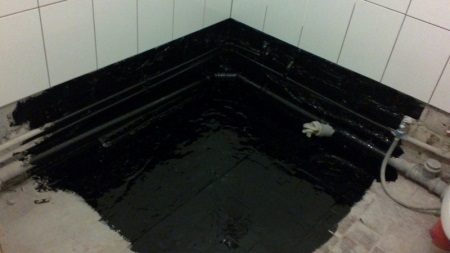
Among the advantages of this material is its cheapness, and the disadvantages - fear of low temperatures, short life and time-consuming work. Bitumen is worked with hot, which can cause burns. In addition, the surface before applying mastic should be perfectly flat, dry and clean. This type of waterproofing justifies itself if the budget does not allow for other materials, as well as if there is little chance of leaks. Therefore, this option is not recommended for use in the secondary waterproofing of the bathroom and if you build a house on the conscience, for yourself.
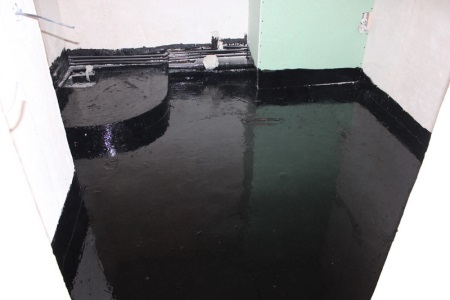
Sealed with waterproofing
Insulation with the paste material - a variant, when several layers are used, glued to the base and on top of each other. Such waterproofing is only used for anti-pressure, external protection. Rolled materials work well on the floor or roof, as well as on vertical surfaces - walls. The adhesive waterproofing is presented in the market of building materials as parchment, roofing paper, ruberoid, polymerized or bituminous materials, based on polyester or glass fabric.
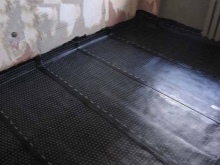
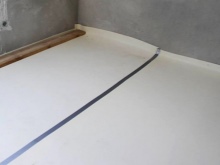
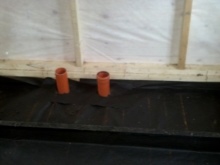
This type of waterproofing is more durable, and preparatory work with it is reduced to zero. Rolled materials can be placed on brick and concrete, and cover the old roll coating with them. At the same time the roll-fed waterproofing is resistant to aggressive external environment, preserving its qualities. Roll-fed insulation is recommended for your home when the bathroom is not only good to protect against water leaks, but also from external influences, especially the cold.
It is noted that when working with these materials need to be especially careful - with excessive tension, as well as from hot or sharp objects, they can tear. It is important that the surface on which the insulation is glued, must be perfectly dry, otherwise the adhesion is impaired.

Paint waterproofing
In terms of meaning it is similar to the coatings, but has its own nuances. When painting insulation, the material is applied in several layers, and a thin elastic film is formed on the surface. It has no seams and fights not only leaks, but also helps prevent wall erosion, crumbling and cracking. Often this type of insulation is used in residential areas - the work with such material does not require any special skills, and the paint-insulation itself is inexpensive. If you plan to insulate the bathroom by your own forces, consider this option. Compounds of such waterproofing is applied with a roller or brush, dries quickly and is easily distributed on the walls and floor.
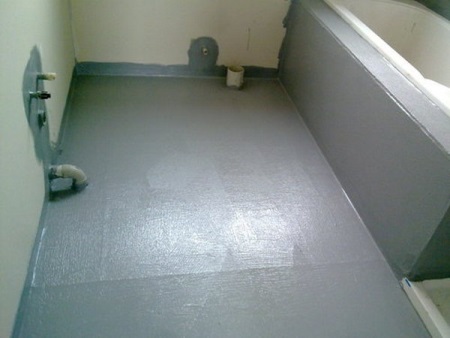
Penetrating waterproofing
The purpose of penetrating waterproofing - to rid the pores of concrete from the risk of capillary rise of water. In order to provide such insulation, a special mixture is applied to the concrete surface which, in addition to fine silica sand and special chemical additives, also contains Portland cement. The distinctive feature of this type of cement is that it consists of 70-80 percent calcium silicate, which makes Portland cement a hydraulic binder.
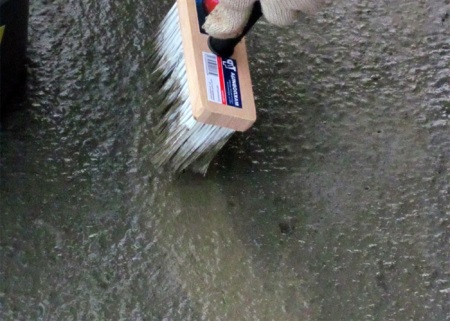
The principle of action of the penetrating waterproofing is disclosed in its very name - when applied to the abundantly moistened surface of concrete, the mixture reacts chemically with water. The result of this interaction are crystals that fill each crack, pore and capillary in the thickness of the concrete, becoming, in fact, its constituent element.
A number of manufacturers of materials for penetrating waterproofing claim that mixtures developed by their specialists, provide almost a meter depth of penetration into the structure of the concrete.
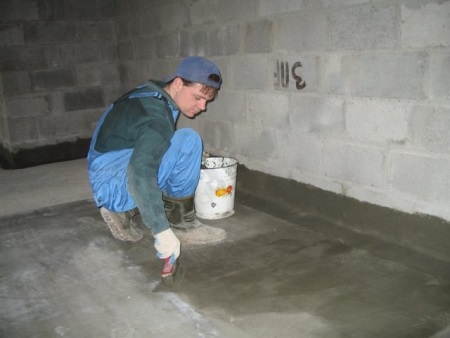
Injection waterproofing
The operating principle of the injection waterproofing is based on the injection of a liquid waterproofing compound into the various pores, cracks, joints or directly into the structure of the building material, which has crumbled over time. Specialists call the process of injection waterproofing liquid waterproofing. Unlike the penetrating waterproofing, the injection waterproofing works not only on the concrete, but also on brick or masonry, as well as on concrete.
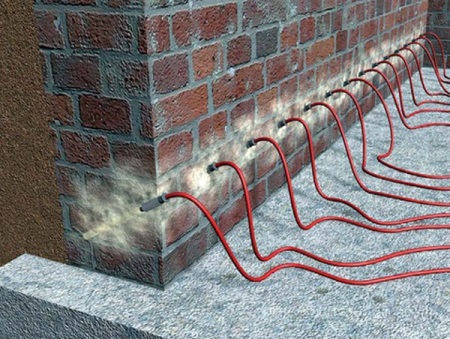
Liquid compositions for the injection waterproofing is used to eliminate leaks in the walls and prevent water penetration through the joints and seams.
Stages of work on the waterproofing of the bathroom:
- Removal of old pipes and tiles, finish coating and paint. Without this stage will not do, if the plan is to equip the room "from scratch".
- Clean the surfaces of dust, stains from construction mixtures, and debris. Both vacuuming and wet cleaning can help.
- Cleaning and puttying all cracks and chips, smoothing out the surfaces.
- Priming, where the main goal is to increase adhesion (this term translates from Latin as "sticking").
- Waterproofing the surface.
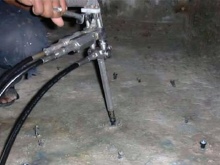
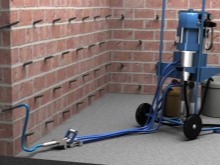
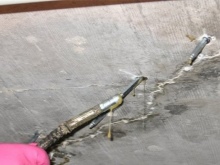
Tips
No matter what stage of waterproofing work you are at, don't forget that any negative consequences that result from an out-of-the-ordinary situation will likely affect more than just you. Your neighbors from downstairs are unlikely to be grateful for the yellowish stains on the walls and ceiling. So it is important to remember one thing - waterproofing will never be "too reliable". Just imagine what volumes of water can pour onto your bathroom floor in case the flexible hose from the washing machine or toilet flush fails.
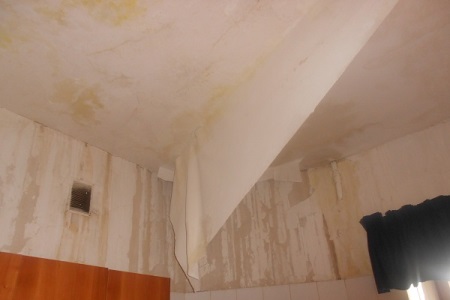
To avoid the most undesirable consequences, experts advise applying waterproofing to the bathroom floor holistically, with the obligatory "reserve". To do this, you need to take a piece of wall just above the level of the standard baseboard. This will achieve a kind of bowl effect. Ideally, the height of such an edge should be greater than the height of the threshold at the entrance to the bathroom. In this case, the saying "the miser pays twice" will be more than appropriate - if suddenly there is a pipe or hose breakthrough, the probability of leakage to the lower floors will be many times less.
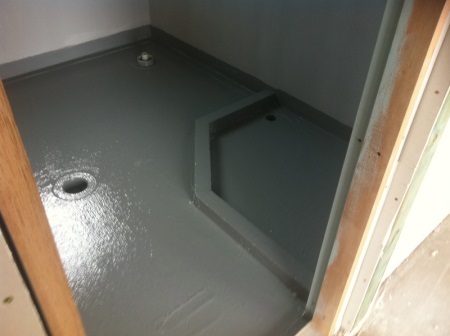
At the stage of preparation of the premises professionals recommend using antifungal primer complete with antifungal as waterproofing. In addition to excellent two-way adhesion, these funds have antiseptic properties, which prevents the growth of fungus, which in all other cases is extremely comfortable in such a humid environment.
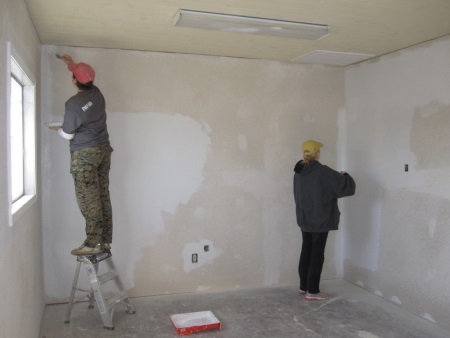
Watch the following video, which clearly shows the process of waterproofing a bathroom under tile.




